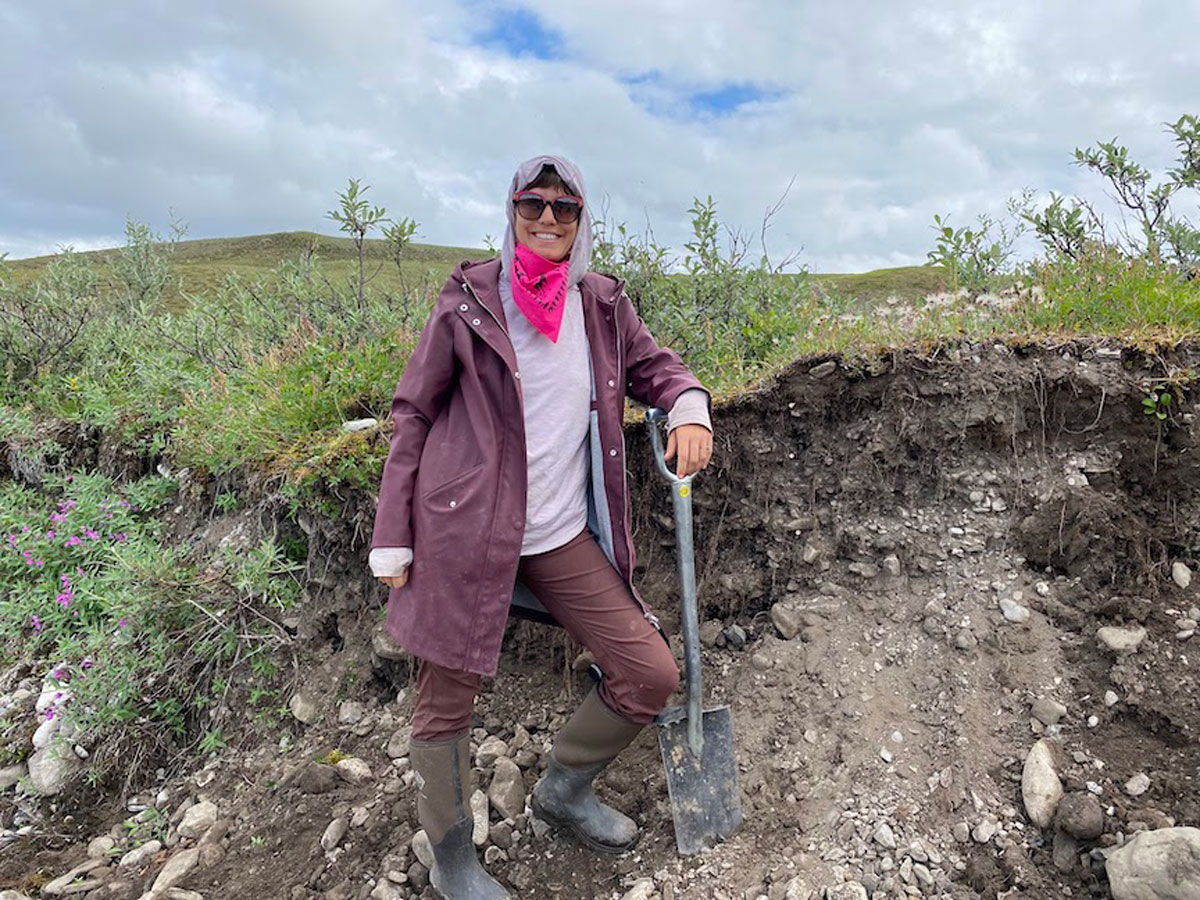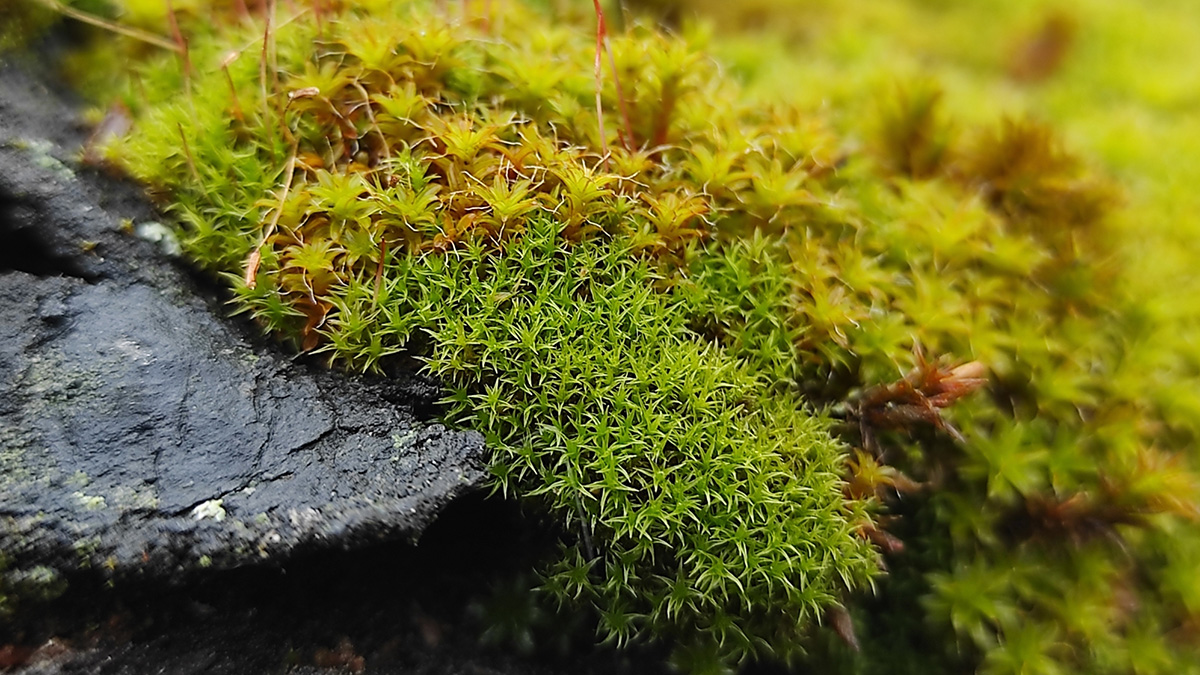In a controlled experiment, researchers diverted wastewater from an advanced treatment facility into a healthy stream and monitored the unfolding ecological effects.
ecosystems
Millions Likely Live in Areas Contaminated by Mining Runoff
Heavy metal contaminants from mining can live in ecosystems for centuries. A new global database shows where the problem is worst.
Arctic Warming Triggers Abrupt Ecosystem Shift in North America’s Deepest Lake
Great Slave Lake’s huge cold water mass shielded it from impacts of the rapidly warming climate—until now.
Northern Ecosystems are Shaped by Snow
Changing climate in the Arctic leads to a shorter snow season but deeper snow in the depths of winter. Under the insulating snow, biological processes are accelerated leading to higher nutrient availability and carbon losses.
Diez ríos que enfrentan contaminación, desarrollo y cambio climático–Y las políticas que pueden ayudar
Reporte anual destaca 10 vías fluviales que han llegado a encrucijadas en las cuales el apoyo del público puede determinar si reciben protección.
Beavers Are Remaking Microbial Ecosystems in the Arctic
As beavers expand their range northward into the Arctic tundra, changes in bacterial, archaeal, and fungal communities appear to be following.
Yamina Pressler: Slowing Down, Appreciating Complexity, and Embracing Soil
The soil scientist draws inspiration from the earth beneath her feet.
An Open and Inexpensive ‘Fluxbot’ for Measuring Soil Respiration
An inexpensive system of automated gas sensors and open-source software, tested in a Kenyan savanna, will help democratize and expand science research on soil respiration.
Florecimientos de algas nocivas: nada bueno, solo lo malo y lo feo
Diversos factores humanos y naturales están generando florecimientos de algas nocivas cada vez más frecuentes y prolongados. Estudios recientes han comenzado a revelar la magnitud del problema y nos informan sobre soluciones potenciales.
Mosses Play Key Roles in Ecosystems from Tropics to Tundra
A global survey of mosses growing on soil found that the somewhat underappreciated plants cover a vast area and perform tasks such as sequestering carbon.










